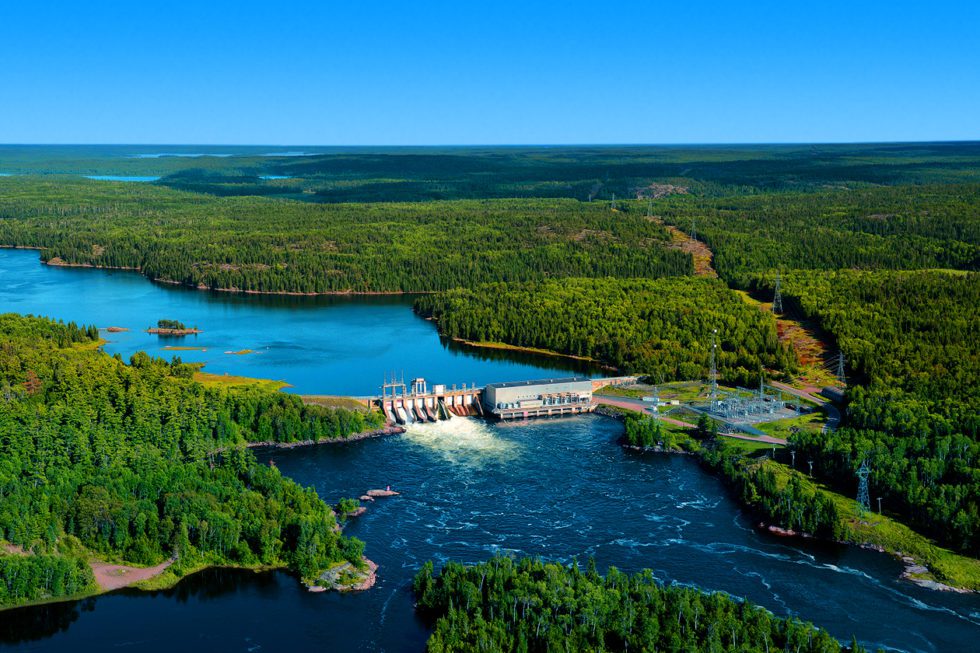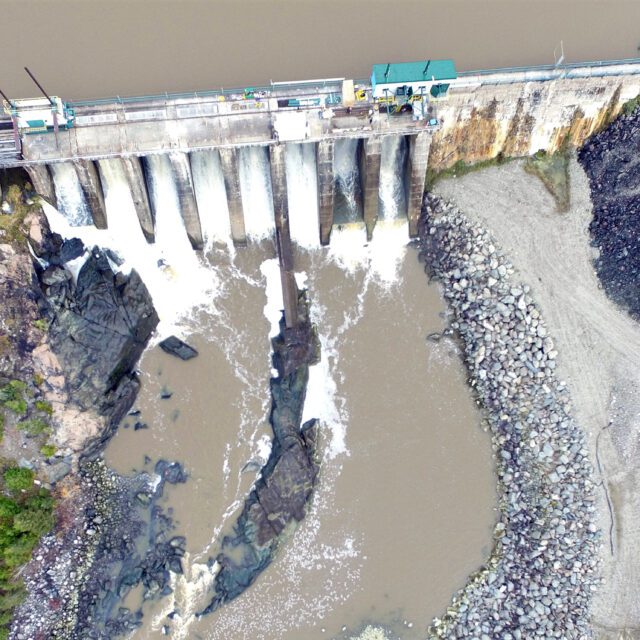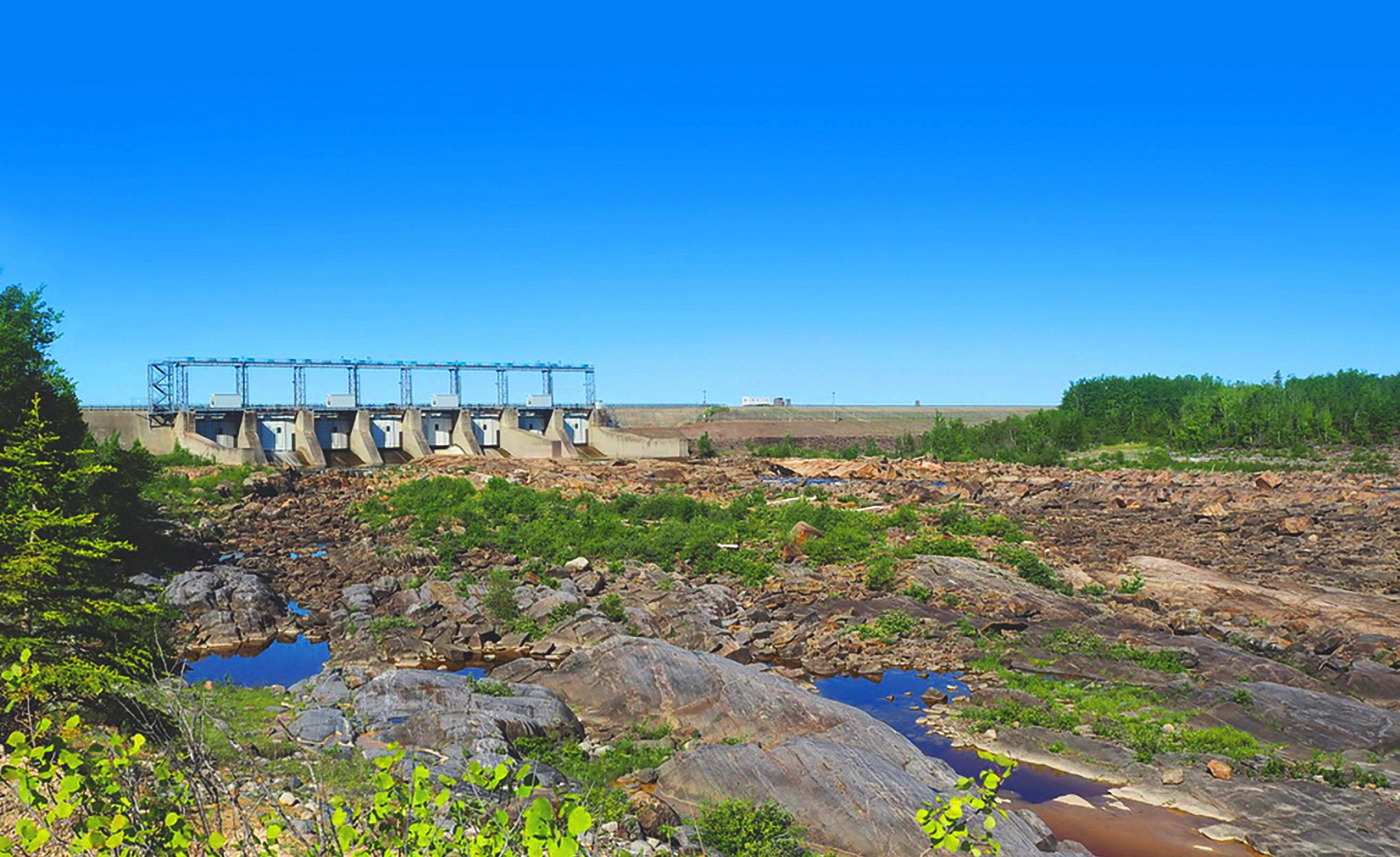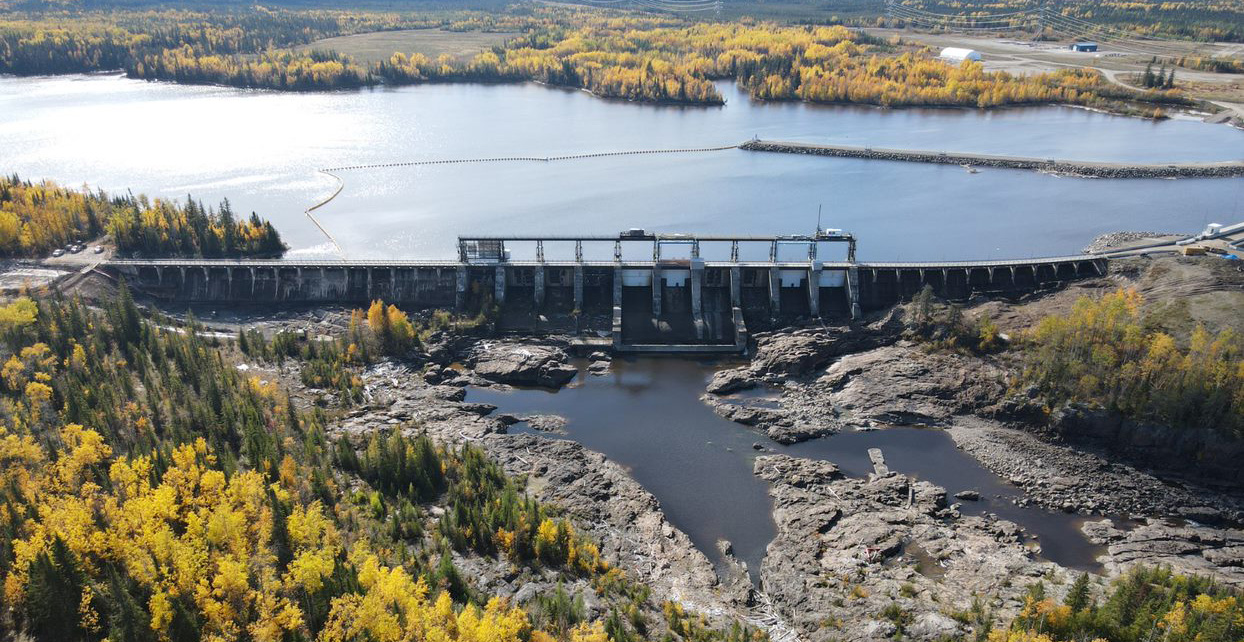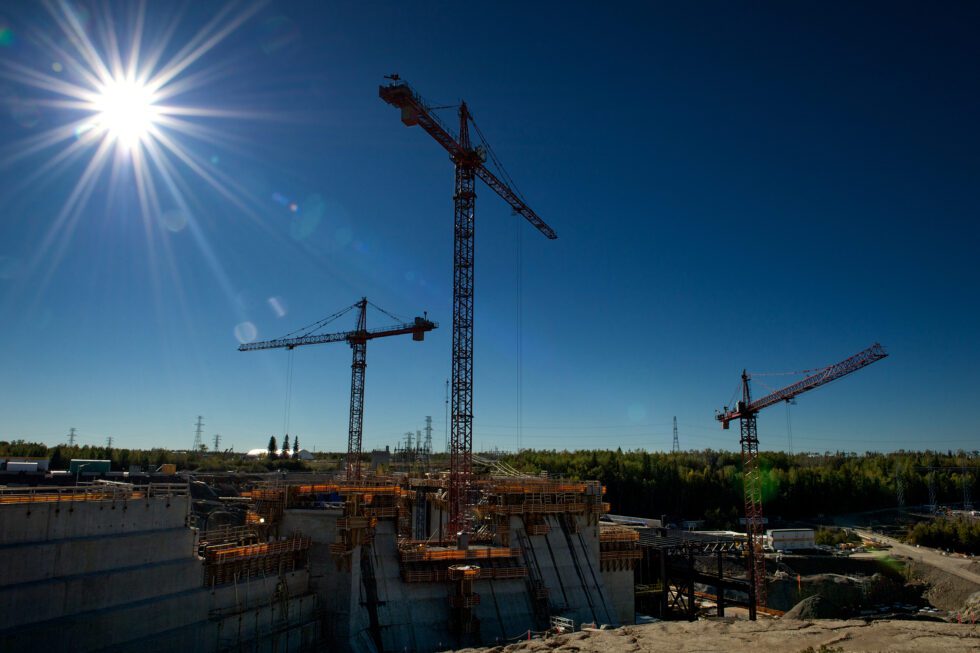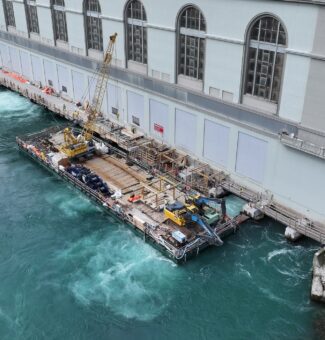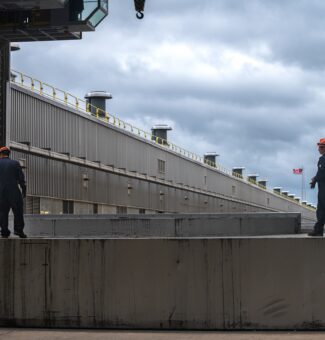Modernizing our hydro assets
Ontario Power Generation's (OPG's) 66 hydroelectric power plants on 24 river systems are controlled by 239 dams. One of the benefits of hydropower is that it is a long-lasting, renewable resource. Many of our hydroelectric stations have been operating for the better part of a century.
To continue to generate renewable, low-carbon, and low-cost power at these sites, OPG is investing in upgrading and optimizing its existing hydroelectric assets to meet emerging demand as the province continues to electrify. Redevelopment and optimization opportunities include station refurbishments to modernize facility infrastructure, improve existing generating capacity, uncover additional efficiencies, and, in some cases, redevelop an entire site.
Subscribe and stay informed
Sign up to receive the latest news, project updates, and event information from OPG.
